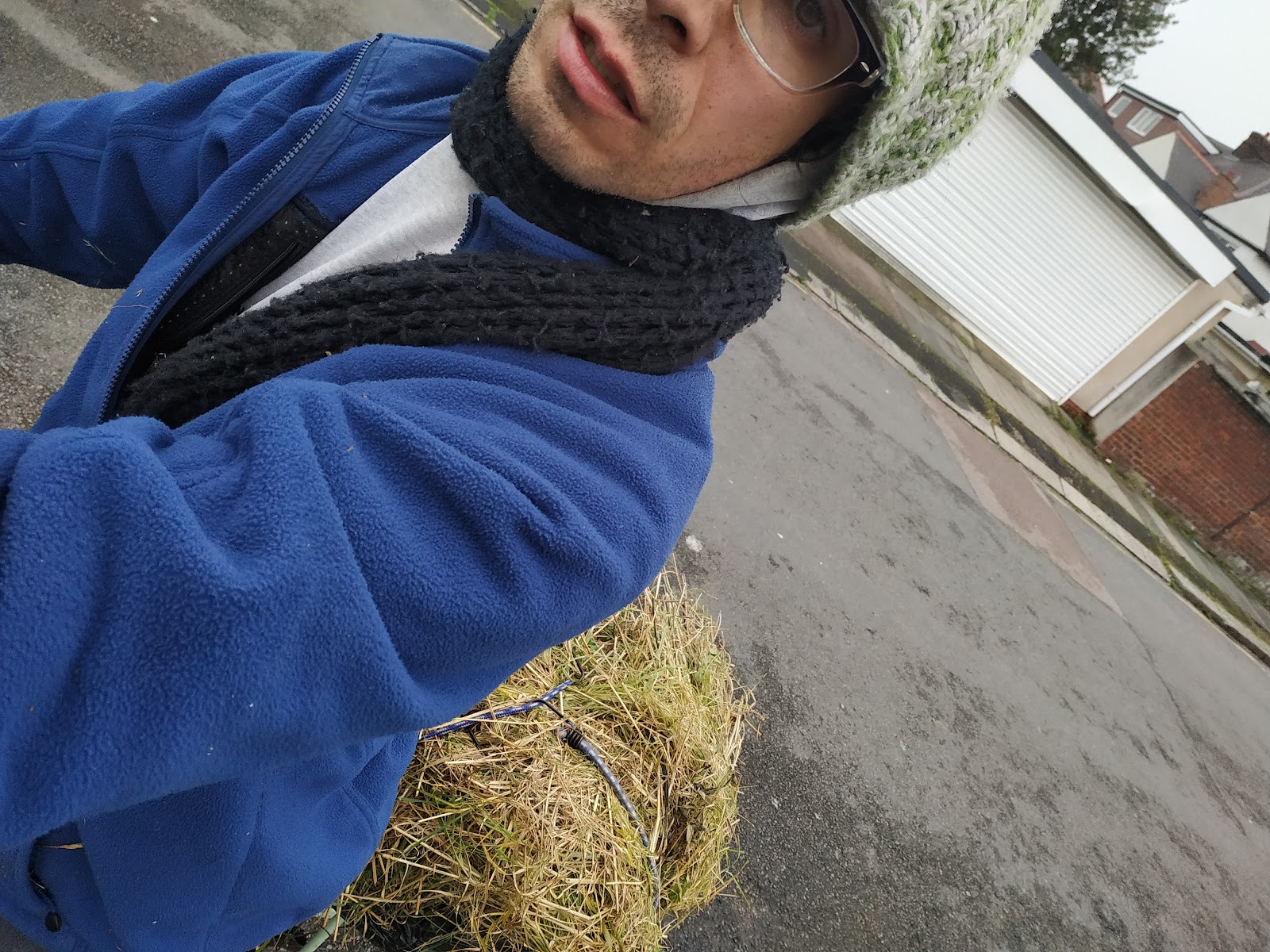I have been considering how Burnt Oak's high streets are economically viable.
Thinking back to my Geography GCSE
https://www.bbc.co.uk/bitesize/guides/z9y47hv/revision/2
where we learned about business clusters. Sometimes there are several banks in a row, or a closely organised group of similar shops or businesses. In the AQA Geography UK urban change course, that is Birmingham's Balti Triangle, and clusters of high culture, universities, and so on. (When I visited Birmingham I found that it has a rainbow themed gay village: I wonder why that is not on BBC bitesize).
Now as people shop online, where there is less stock shrinkage, that puts certain high streets in a precarious position. How can they compete against Amazon?
The answer is; convenience shops, supermarkets, and Post Offices can be parcel hubs where parcels are consolidated and customers can come and pick up their item. I have tried this on one occasion. It offers the higher floorspace and choice of online shopping, and the convenience of the town centre without having to wait in for a courrier.
Town centres will still exist, but as a more social experience. Some things are better in person such as a community pharmacy and health service, vaccinations, or women's clothes shopping where you can try things on for size.
Another way to compete is to specialise and have business clusters. What are the strengths of Burnt Oak town centres? Can we welcome people and make them spend time and money here, actually enjoy the area, perhaps while they are visiting their auntie!
Firstly there is the health cluster near the hospital, Burnt Oak Broadway: A mobility scooter and accessories shop, pharmacy, GP surgery, dementia home, community centre, fusion pub restaurant, and community hospital. There are also convenience shops, chippy and kebabs, a wildlife walk popular with people with substance use issues, and lots of new flats. Some primary schools are nearby and there is a playground near the flats.
Not far from the pub there is another pub for members only, which I tend to avoid, and other pubs further down the main road at the Hyde. There used to be a pub in the town centre but it is now a supermarket. Sadly drinkers have drifted away from pubs towards more reasonably priced single beers to crack open on the way home from work, or multi pack beers to pick up in the car and consume at home with friends. Perhaps some of the decline of drinking will lead to healthier lifestyles; but my experience of listening and reading comments online is that people do not feel healthy or safe.
There are many international supermarkets including at least 2 different kinds of certified Halal Butcher, a 24 hour Romanian supermarket and restaurant, middle eastern supermarkets, and a block of flats which used to be Tesco. There are rumours of a new Tesco. There are also budget supermarkets but the main ones are out of town: Lidl (in Harrow Edgware) and ASDA (in Brent). For posh supermarkets these are also elsewhere. Upmarket shops moved long ago to places like Brent Cross. In the old days there was a Saturday market.
Special shops in Burnt Oak include a good number of Afro hair shops and specialist cosmetics outlets, located near the Jade Pharmacy, Library and council office, and GP.
Near the library there is the Liang church which has in its vicinity many community charities, a community cluster noted in an influential report.
In the middle there are a lot of cheap and cheerful homeware shops (selling items such as suitcases) and phone kiosks.
There are also a fair amount of nearby churches and at least one Islamic Centre or Mosque.
As evident in Birmingham, green spaces are important and must be protected when brownfield sites could be used: such as the carpark. There are 2 parks near the towncentre and a leisure centre, which also contains a nursery.

